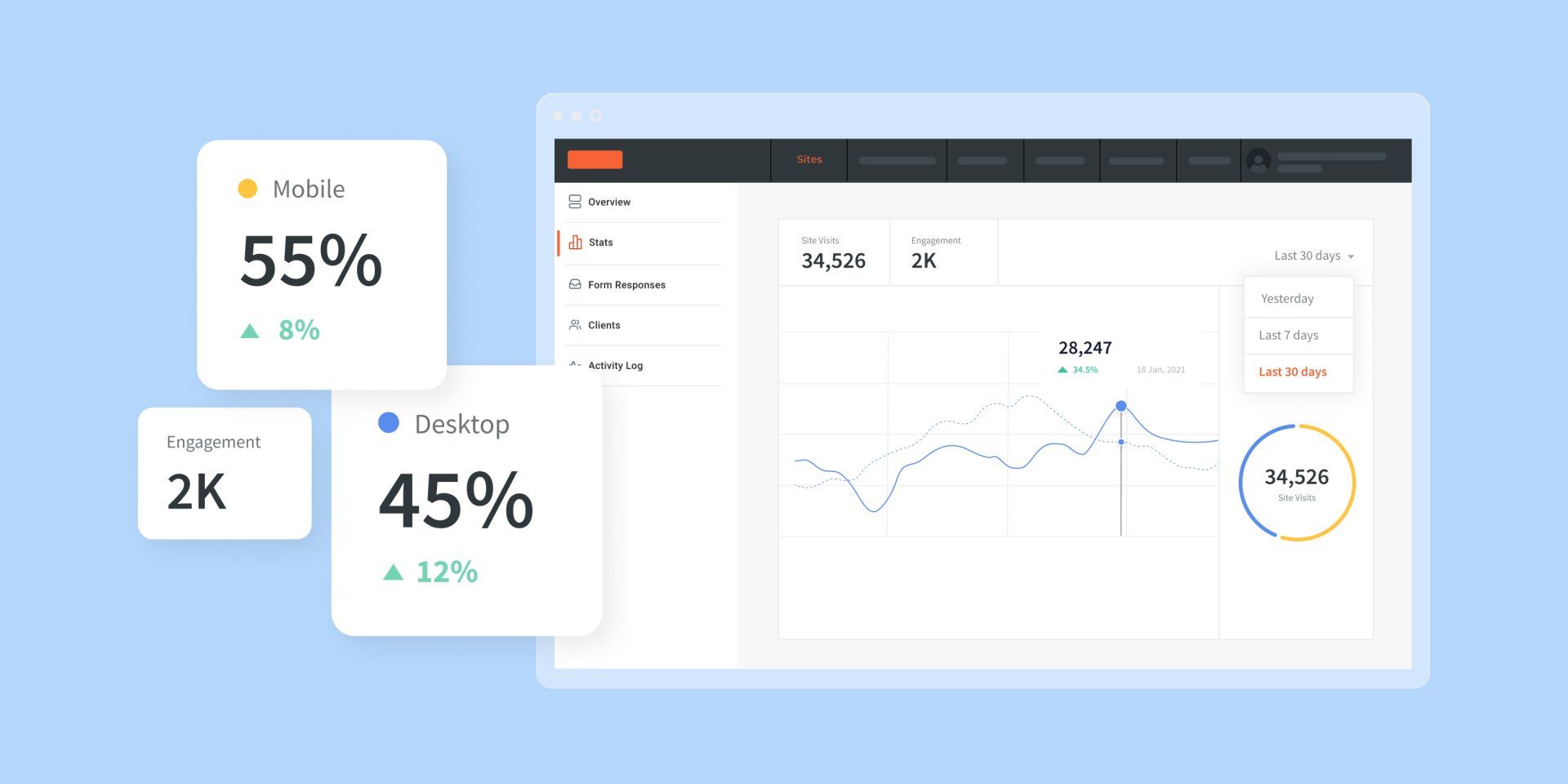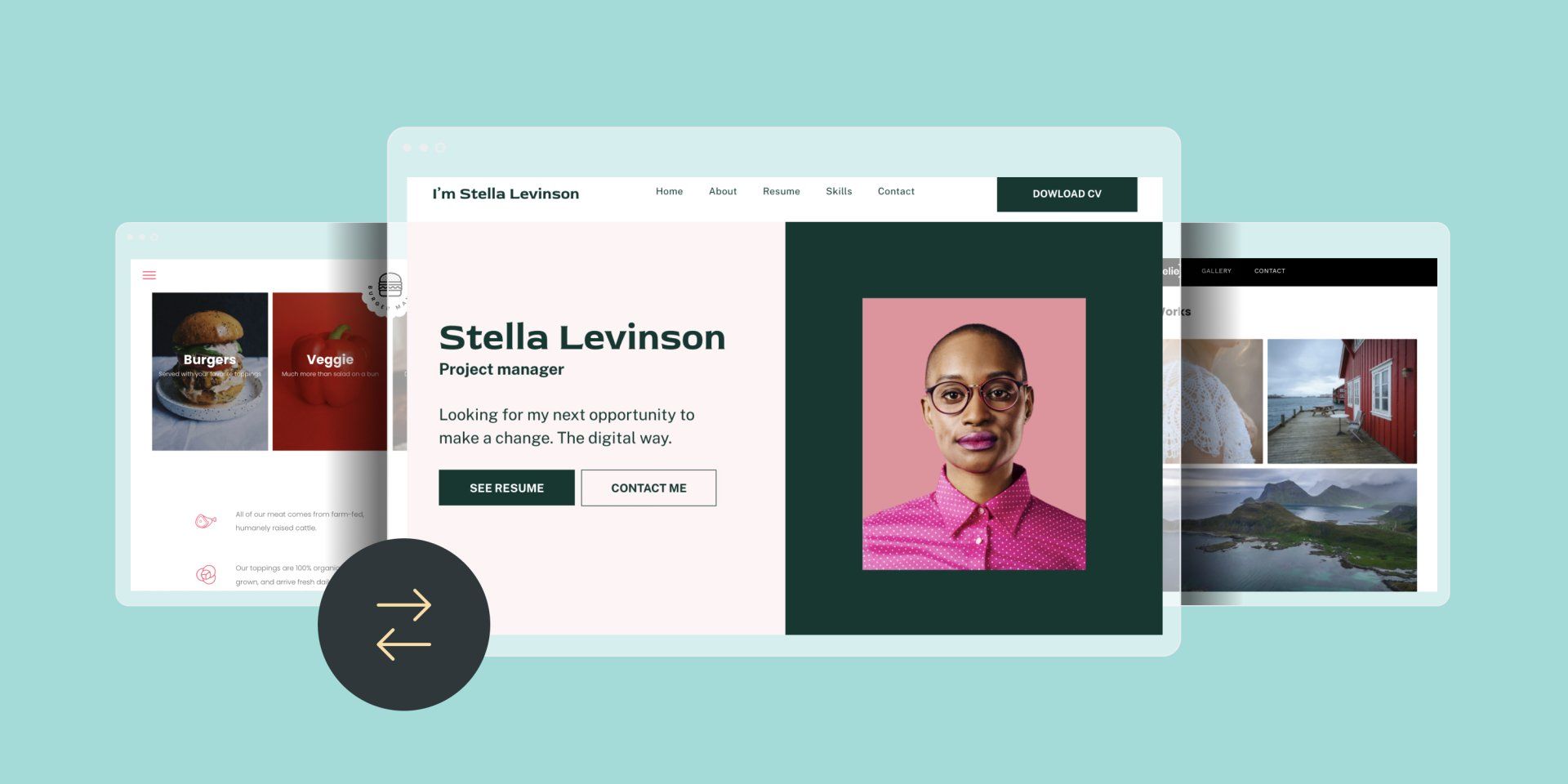If your agency is running into issues with Webydo websites, we are here to help with a solution. One that will allow for an easy, secure, and fast migration.
Let's review some of the reasons why digital agencies switch to Duda, specifically when it involves the migration of websites at a large scale.
Your website building platform has to feel flexible. With our robust REST API, you can integrate our platform directly into your service according to your customers’ specific needs. Automate your own workflows, create and reuse designs, build custom widgets and more.
Duda websites are hosted on Amazon Web Services (AWS), the safest "bet" for cloud-based solutions. Backed by the most robust and secure network, Duda also offers unlimited bandwidth and storage.
What else?
There are many other advantages to using Duda:
- A widget builder that allows you to easily build custom widgets
- Membership and eCommerce digital solutions
- Advanced client management & collaboration tools
- Personalized website experiences based on various criteria
- 24/7 Live support
- Dedicated onboarding and Training sessions
- And more…
Now that we have answered
why you should consider migrating websites to Duda, let’s discuss the
how.
You have several options when it comes to migrating websites to Duda.
The fast migration option is very accommodating and allows you to maintain your site's look & feel. We have developed a dedicated migration tool that will do all the work for you within minutes, without you needing to do any significant design changes, thanks to our content import and conversion technology.
With a single click or API call, we can transform existing web assets into new websites. Just like that. This unique feature allows cutting migration time for individual websites, from hours to minutes.
In addition, if you require mass migration of thousands of websites, our development team can provide additional migration support by providing a dedicated plugin that alters our content import algorithm to specifically interact with your websites.
Fast migration is incredible but manual migration will be required in case you will want to leverage the platfrom's full capabilities .
How does it work? Simple. You can pull all relevant content, images, and data into
Duda’s content library, and use it to populate your clients’ websites.
If you require assistance with manual migration, our account managers can connect you with a
Duda expert
who specializes in this type of migrations.
To learn more about Duda’s migration capabilities, click
here.
The bottom line
You’re not married to your website building platform. When push comes to shove, you have choices and good ones. While looking for an alternative, consider everything: migration capabilities at scale, as well as all the features you regularly require.
Don’t compromise on anything and make sure to find a partner that can support an effortless transition.
Want to migrate Webydo websites to Duda?
contact us here.









